Your unforgettable Thai adventure awaits!
Introduction
Hey there, fellow traveler! So, you’re dreaming about exploring Thailand, huh? Brilliant choice! But perhaps you’re wondering how to travel Thailand efficiently and make the most of your trip. Thailand is a land of mesmerizing contrasts—from the bustling streets of Bangkok to the tranquil beaches of Krabi, and from the lush mountains of Chiang Mai to the vibrant markets of Phuket. With so much to see and do, figuring out the best ways to get around can be a bit overwhelming. Don’t worry; we’ve got you covered!
In this comprehensive guide, we’ll walk you through how to travel Thailand effectively, whether you’re on a tight budget or looking for a luxurious experience. We’ll explore various transportation options, provide insider tips, and help you plan an unforgettable journey through the Land of Smiles. So grab a cuppa, sit back, and let’s dive into the best ways to traverse this incredible country.
Table of Contents
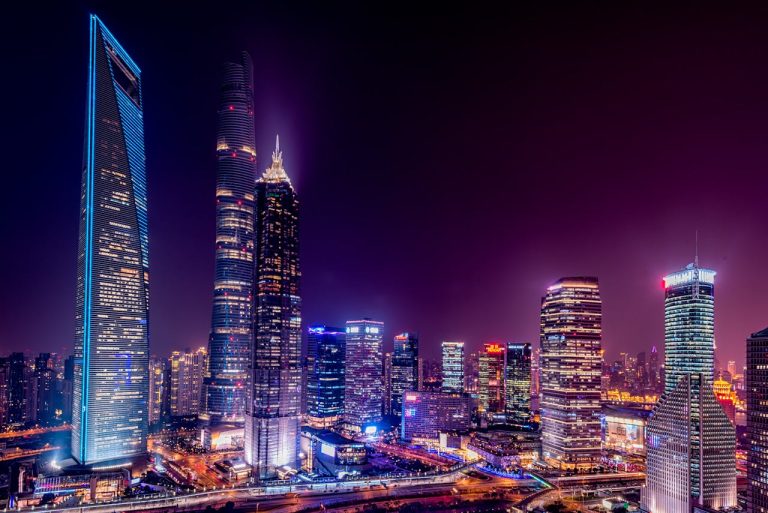
Why Travel Thailand
Before we jump into the logistics of how to travel Thailand, let’s talk about why this country should be on your travel bucket list.
- Rich Culture: Thailand boasts a unique blend of ancient traditions and modern influences. From majestic temples like Wat Arun and Wat Pho to vibrant festivals such as Loy Krathong and Songkran, there’s a cultural experience waiting at every corner.
- Delicious Cuisine: Thai food is a tantalizing mix of sweet, sour, salty, and spicy flavors. Think Pad Thai, Tom Yum Goong, and Mango Sticky Rice! Street food stalls offer authentic dishes that won’t break the bank.
- Stunning Landscapes: Whether you’re into tropical beaches, dense jungles, or mountainous terrains, Thailand has it all. Visit the emerald waters of the Phi Phi Islands or trek through the lush jungles of Khao Sok National Park.
- Friendly Locals: Known as the “Land of Smiles,” the Thai people are renowned for their warm hospitality. You’ll feel welcomed wherever you go.
- Affordable Travel: For UK travelers, your pound stretches far in Thailand, making it an excellent destination for both luxury and budget travel.
Flying is the Fastest Way to Get Around Thailand
If you’re short on time and want to cover large distances quickly, flying is your best bet when considering how to travel Thailand. Thailand’s extensive domestic flight network connects major cities and tourist destinations efficiently.
Pros:
- Speed: Reach destinations like Chiang Mai, Phuket, or Krabi from Bangkok in just 1-2 hours.
- Convenience: Multiple flights daily offer flexibility in your itinerary.
Cons:
- Cost: More expensive than other modes, though still affordable compared to UK prices.
- Environmental Impact: Higher carbon footprint compared to trains or buses.
Tips:
- Airlines to Consider: Thai Airways, Bangkok Airways, AirAsia, Nok Air, and Thai Lion Air.
- Booking: Book in advance for the best deals. Use comparison sites to find the lowest fares.
- Baggage Allowance: Budget airlines may charge extra for checked luggage. Pack light or be prepared to pay additional fees.
- Airport Transfers: Bangkok has two airports—Suvarnabhumi (BKK) and Don Mueang (DMK). Both are well-connected to the city via taxis, buses, and trains.
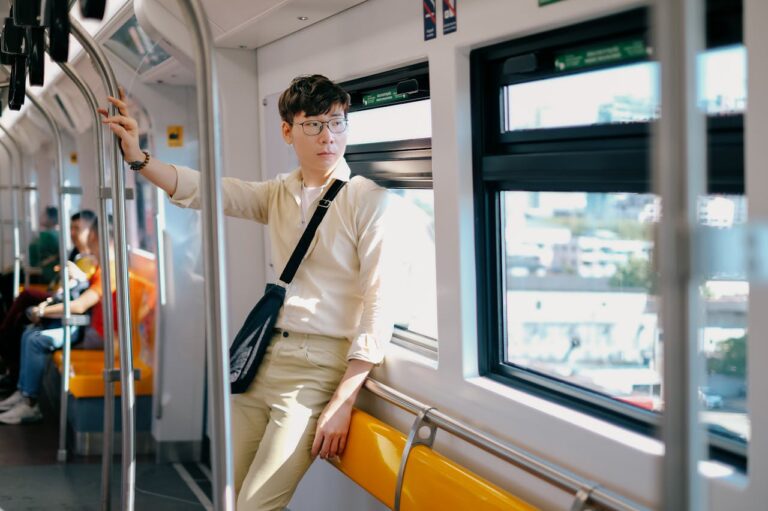
The Train is the Slow but Steady Way to See Thailand
Traveling by train is a delightful way to immerse yourself in the local culture and scenery when figuring out how to travel Thailand. The State Railway of Thailand operates four main lines—Northern, Northeastern, Eastern, and Southern—covering much of the country.
Pros:
- Scenic Routes: Enjoy panoramic views of rural Thailand, passing through rice paddies, mountains, and small villages.
- Affordability: Cheaper than flying, especially for longer distances.
- Experience: A chance to mingle with locals and fellow travelers.
Cons:
- Time-Consuming: Trains can be slower than buses or flights. A trip from Bangkok to Chiang Mai can take around 12-15 hours.
- Limited Routes: Not all destinations are accessible by train.
Classes of Service:
First-Class
- Comfort Level: High. Private cabins with two beds, air-conditioning, and sometimes a sink.
- Ideal For: Couples or solo travelers seeking privacy and comfort.
- Extras: Bedding provided, and some trains offer meal services.
- Booking Tips: Reserve seats well in advance, especially during peak seasons like November to March.
Second-Class
- Comfort Level: Moderate. Open-plan carriages with bunk beds or reclining seats.
- Options: Choose between air-conditioned or fan-only cars.
- Ideal For: Budget-conscious travelers who still want a reasonable level of comfort.
- Women-Only Carriages: Available on some overnight trains for added security.
Third-Class
- Comfort Level: Basic. Bench seating without air-conditioning.
- Ideal For: Adventurous travelers and those on a tight budget.
- Experience: Authentic travel with locals, though it can be crowded and less comfortable.
Tips for Train Travel:
- Overnight Trains: Great for saving on accommodation costs. Opt for a sleeper berth to rest comfortably.
- Booking: Purchase tickets at the station or through official websites to avoid scams. Websites like 12Go.Asia are reliable.
- Amenities: Bring snacks, water, and entertainment, as facilities can be limited.
- Safety: Keep your valuables secure and within sight.
Save Money by Taking a Bus or Minivan
When considering how to travel Thailand cheap, buses and minivans are your go-to options. They offer extensive coverage and are highly cost-effective.
Pros:
- Affordability: Significantly cheaper than flights or trains.
- Coverage: Reach destinations not accessible by train or plane, including remote towns and tourist spots.
- Frequency: Regular departures throughout the day.
Cons:
- Comfort: Varies greatly depending on the class and operator. Some may be cramped.
- Traffic: Subject to road conditions and congestion, which can delay your journey.
Types of Buses:
- VIP and Super VIP Buses: Reclining seats, air-conditioning, onboard toilets, and sometimes snacks or meals.
- First-Class Buses: Comfortable seating with air-conditioning but fewer amenities than VIP buses.
- Second-Class Buses: Basic seating, may lack air-conditioning, and make frequent stops.
Minivans:
- Usage: Ideal for short to medium distances, like Bangkok to Ayutthaya.
- Pros: Faster due to smaller size and fewer passengers.
- Cons: Less legroom and can be cramped, especially with luggage.
Tips:
- Booking: Buy tickets at official bus stations or reputable agencies. Avoid purchasing from street touts.
- Comfort Items: Bring a sweater (air-con can be chilly), snacks, and earplugs for longer journeys.
- Safety: Keep an eye on your belongings, especially during rest stops.
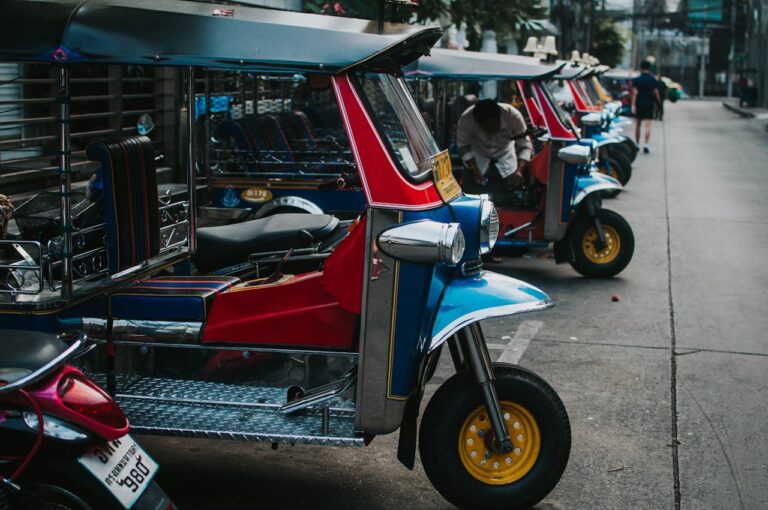
For More Freedom, Consider a Car or Motorcycle
If you love the idea of exploring at your own pace, renting a vehicle is an excellent option when deciding how to travel Thailand.
Car Rental:
- Requirements: Valid UK driving license and an International Driving Permit (IDP).
- Pros: Flexibility to visit off-the-beaten-path locations and create your own itinerary.
- Cons: Driving can be challenging due to different traffic laws, left-hand driving, and varying road conditions.
- Tips:
- Insurance: Ensure you have comprehensive coverage, including third-party liability.
- Navigation: Use GPS or reliable map apps like Google Maps or Maps.me.
- Toll Roads: Be prepared for toll fees on major highways.
Motorcycle Rental:
- Requirements: Motorcycle endorsement on your IDP.
- Pros: Affordable and convenient for short distances or exploring islands like Koh Phangan.
- Cons: Higher risk of accidents; roads can be hazardous, especially during the rainy season.
- Tips:
- Safety Gear: Always wear a helmet and protective clothing. Helmets are legally required.
- Check the Bike: Inspect for damages before renting. Take photos to avoid disputes later.
- Local Laws: Be aware of traffic regulations and avoid drinking and driving.
Take a Long-Tail Boat for Short-Haul and Ferries for Longer Journeys
Thailand’s waterways are integral to its transportation network. When pondering how to travel Thailand, don’t overlook the charm and convenience of boats.
Long-Tail Boats:
- Usage: Short trips between islands or coastal attractions, like hopping between beaches in Krabi.
- Experience: Authentic and scenic but can be bumpy. A great way to see the coastline from a different perspective.
- Tips:
- Negotiate Fare: Agree on a price before boarding to avoid surprises.
- Life Jackets: Ensure they’re available, especially if you’re not a strong swimmer.
- Weather Check: Avoid trips during rough sea conditions.
Ferries:
- Usage: Longer distances, such as between the mainland and islands like Koh Samui, Koh Tao, or Koh Phi Phi.
- Types:
- High-Speed Catamarans: Faster but more expensive. Ideal if you’re short on time.
- Standard Ferries: Slower but offer a relaxed journey with scenic views.
- Tips:
- Schedules: Check timings in advance; services may be weather-dependent, especially during the monsoon season.
- Tickets: Purchase from official counters or reputable agencies. Booking online can save time.
- Seating: Arrive early to secure a good seat, especially during peak seasons.
Use Motosai, Tuk-Tuks, and Taxis to Explore Thai Cities
Navigating cities like Bangkok, Chiang Mai, or Phuket requires understanding local transport options when figuring out how to travel Thailand effectively.
Motosai (Motorcycle Taxis):
- Pros: Quick and can navigate through heavy traffic, saving you time during rush hours.
- Cons: Less safe; not ideal for long distances or if you’re carrying heavy luggage.
- Tips:
- Fare: Negotiate before the ride or ensure the driver uses a fare chart.
- Helmet: Insist on one for safety. It’s legally required.
- Identify Drivers: Official drivers wear numbered vests.
Tuk-Tuks:
- Pros: An iconic and fun way to experience the city. Great for short trips and sightseeing.
- Cons: Can be more expensive than taxis; open to pollution, noise, and weather elements.
- Tips:
- Bargain: Always agree on a price beforehand. Haggling is expected.
- Be Wary: Some drivers may offer unsolicited tours or stops at gem shops for commissions. Politely decline.
- Safety: Hold onto your belongings as you ride.
Taxis:
- Pros: Comfortable and air-conditioned. Ideal for longer distances within the city.
- Cons: Traffic jams can make journeys longer, especially in Bangkok.
- Tips:
- Meter On: Ensure the driver uses the meter. If they refuse, politely exit and find another taxi.
- Apps: Use Grab or Bolt (similar to Uber) for transparent pricing and convenience.
- Language: Have your destination written in Thai or use a map app to show the driver.
Accessible Transportation is Limited in Thailand
For travelers with disabilities, accessibility can be a significant concern when deciding how to travel Thailand.
Current Situation:
- Public Transport: Limited facilities for wheelchair users on buses and trains.
- Bangkok: Some BTS Skytrain and MRT stations have elevators and ramps, but not all.
- Accommodations: Many hotels offer accessible rooms; it’s crucial to verify before booking.
Tips:
- Plan Ahead: Research and contact service providers or tour operators specializing in accessible travel.
- Private Transport: Consider hiring a private van equipped for accessibility needs.
- Assistance: Don’t hesitate to ask for help; Thai people are generally accommodating and willing to assist.
- Medical Facilities: Know the locations of hospitals or clinics in areas you plan to visit.
How to Travel Thailand Cheap
If you’re looking to stretch your budget, here are some tips on how to travel Thailand cheap without compromising on experiences.
Accommodation:
- Hostels and Guesthouses: Dorm beds or private rooms are available at affordable rates, especially in tourist areas.
- Booking: Use sites like Hostelworld, Agoda, or Booking.com to compare prices and find deals.
- Alternative Options: Consider homestays or Couchsurfing for a more authentic experience.
Food:
- Street Food: Enjoy delicious meals for as little as £1. Street stalls offer a variety of authentic Thai dishes.
- Local Markets: Fresh fruits, snacks, and meals at bargain prices. Great places to try regional specialties.
- Avoid Tourist Traps: Restaurants in tourist hotspots may charge higher prices.
Transportation:
- Public Buses and Trains: Opt for second or third-class tickets for cheaper fares.
- Walking or Cycling: Explore cities on foot or rent a bicycle for a minimal fee.
- Songthaews: Shared taxis or pickup trucks used as buses, common in cities like Chiang Mai.
Activities:
- Free Attractions: Many temples and parks have low or no entrance fees. Beaches are generally free to access.
- Group Discounts: Join group tours or activities to split costs.
- Haggling: Negotiate prices in markets and with tour operators where appropriate.
When is Best to Travel Thailand
Timing your visit is crucial when planning how to travel Thailand to ensure the best experience.
Cool Season (November to February):
- Weather: Pleasant temperatures and low humidity.
- Pros: Ideal for outdoor activities, trekking, and beach lounging.
- Cons: Peak tourist season; expect higher prices and larger crowds.
Hot Season (March to June):
- Weather: High temperatures, often exceeding 35°C (95°F).
- Pros: Fewer tourists and lower accommodation rates.
- Cons: Heat can be uncomfortable for some; stay hydrated and seek shade.
Rainy Season (July to October):
- Weather: Frequent rain showers, sometimes heavy downpours.
- Pros: Lush green landscapes, fewer crowds, and discounted prices.
- Cons: Potential for flooding; some islands may be inaccessible due to rough seas.
Tips:
- Festivals: Experience cultural events like Songkran (Thai New Year) in April or Loy Krathong in November.
- Regional Differences: Weather can vary between regions; the south may have different monsoon seasons compared to the north.
- Packing: Bring appropriate clothing for the season, including rain gear if visiting during the rainy season.
Where to Travel Thailand
When planning how to travel Thailand, consider these diverse destinations to suit all interests.
Bangkok
- Highlights: Grand Palace, Wat Pho, Chatuchak Market, vibrant nightlife in areas like Khao San Road and Sukhumvit.
- Activities: Take a boat ride on the Chao Phraya River, explore street food markets, and visit rooftop bars.
Chiang Mai
- Highlights: Ancient temples like Wat Phra Singh, night bazaars, elephant sanctuaries, and hill tribe villages.
- Activities: Participate in a Thai cooking class, trek in Doi Inthanon National Park, or visit the Sunday Walking Street Market.
Southern Islands
- Phuket: Beaches like Patong and Kata, water sports, and a lively nightlife scene.
- Koh Samui: Luxury resorts, yoga retreats, and beautiful beaches like Chaweng and Lamai.
- Krabi: Rock climbing in Railay Beach, exploring Ao Nang, and visiting the Phi Phi Islands.
- Koh Tao: Known for scuba diving and snorkeling opportunities.
Historical Sites
- Ayutthaya: Explore ancient ruins and UNESCO World Heritage Sites like Wat Mahathat.
- Sukhothai: Visit the well-preserved historical park with impressive temples and monuments.
Off the Beaten Path
- Pai: A laid-back mountain town with hot springs, waterfalls, and a bohemian vibe.
- Isaan Region: Experience authentic rural life, local festivals, and Khmer ruins like Phanom Rung.
- Kanchanaburi: Home to the Bridge over the River Kwai and the Erawan Waterfalls.
What You Need to Travel Thailand
Before packing your bags, ensure you have the essentials sorted out for how to travel Thailand smoothly.
Travel Documents:
- Passport: Valid for at least six months beyond your planned departure date.
- Visa: UK citizens can enter visa-free for stays up to 30 days. For longer stays, apply for a visa in advance.
- Travel Insurance: Essential for medical coverage, trip cancellations, and unexpected events.
Health Precautions:
- Vaccinations: Consult your GP about Hepatitis A, Typhoid, and other recommended vaccines at least six weeks before travel.
- Medications: Bring necessary prescriptions, a basic first-aid kit, and consider anti-malarial tablets if visiting risk areas.
- COVID-19 Requirements: Check the latest travel advisories and entry requirements related to the pandemic.
Packing Essentials:
- Clothing: Light, breathable fabrics for the heat; modest attire for temples (shoulders and knees covered).
- Electronics: Universal adapter, power bank, and unlocked smartphone for local SIM cards.
- Miscellaneous: Sunscreen, insect repellent with DEET, reusable water bottle, and copies of important documents.
FAQs About Traveling Thailand
Is Thailand safe for tourists?
A: Yes, Thailand is generally safe for tourists. Exercise common sense precautions like safeguarding valuables, avoiding unlit areas at night, and being cautious of scams in tourist areas.
Can I use my credit/debit card in Thailand?
A: Major cities accept cards widely in hotels, restaurants, and shops. However, cash is preferred in rural areas and markets. Inform your bank of your travel plans to avoid card blocks.
Do I need to tip in Thailand?
A: Tipping is not mandatory but appreciated for good service. Leaving loose change or rounding up the bill is common practice.
Is it easy to find vegetarian or vegan food?
A: Yes, especially in tourist areas. Use the phrase “gin jay” to indicate you’re vegetarian. Many dishes can be prepared without meat upon request.
What is the local currency?
A: Thai Baht (THB). It’s advisable to carry cash, especially in smaller denominations for markets and street vendors.
How reliable is the internet in Thailand?
A: Wi-Fi is common in hotels, cafes, and restaurants in cities. For better connectivity, consider purchasing a local SIM card with data.
Can I drink tap water?
A: No, it’s advisable to stick to bottled water, which is cheap and widely available. Avoid ice in drinks from street vendors if you’re concerned.
What language is spoken in Thailand?
A: Thai is the official language. English is understood in tourist areas, but learning basic Thai phrases can enhance your experience.
Do I need any special adapters for electrical outlets?
A: Thailand uses Type A, B, and C plugs. The voltage is 220V. Bring a universal adapter to accommodate different socket types.
Get Inspired: Books and Resources
- Travel Guides: Lonely Planet Thailand, Rough Guide to Thailand.
- Books: “The Beach” by Alex Garland, “Bangkok Eight” by John Burdett.
- Movies: “The King and I,” “Ong-Bak: Muay Thai Warrior.”
References

Get special offers, and more from Look Best Holidays
Subscribe to see secret deals the moment you sign up!
Get 20% Off Your First Order
Ready to embark on your Thai adventure? Book now with Look Best Holidays and enjoy 20% off your first booking! Use code THAI20.
About Us
At Look Best Holidays, we’re passionate about crafting unforgettable travel experiences. With over 50 years of expertise, we specialize in personalized itineraries that cater to your unique interests and preferences. Let us turn your travel dreams into reality!
Conclusion
Traveling around Thailand is an enriching experience filled with adventure, culture, and natural beauty. Whether you’re navigating the bustling streets of Bangkok, trekking through Chiang Mai’s mountains, or lounging on Phuket’s beaches, the journey is just as important as the destination.
We hope this guide has provided you with valuable insights on how to travel Thailand effectively. Remember, the key to an unforgettable trip lies in planning ahead, staying flexible, and embracing the local way of life.
So, what are you waiting for? Thailand is calling, and an incredible journey awaits you!
Safe travels and see you soon!

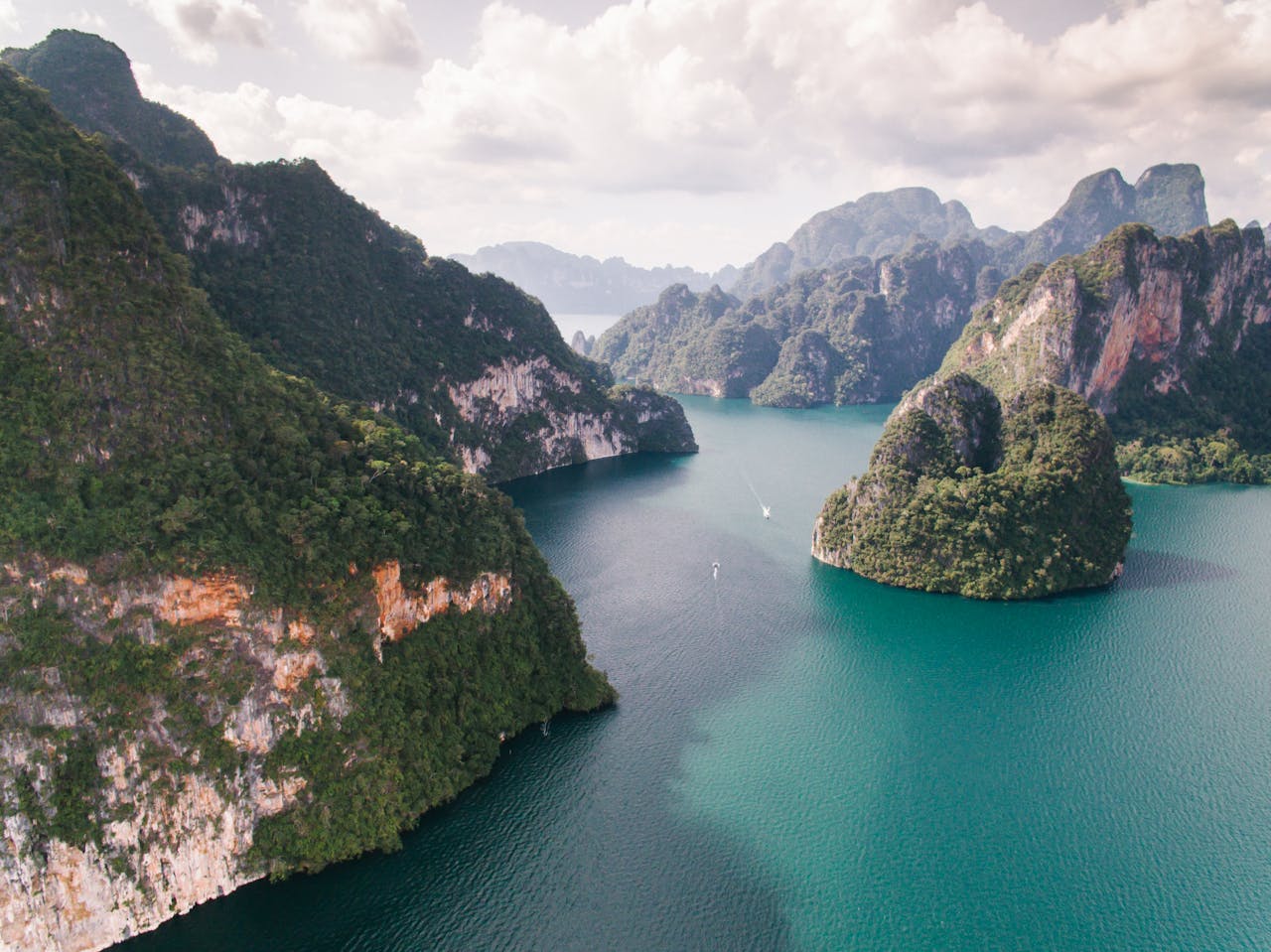
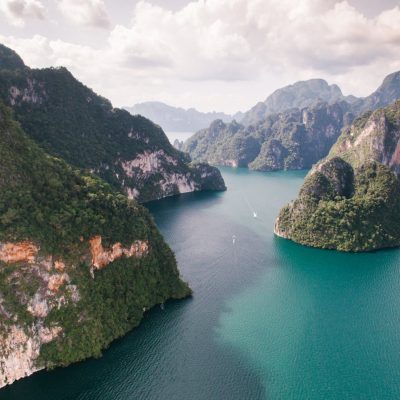

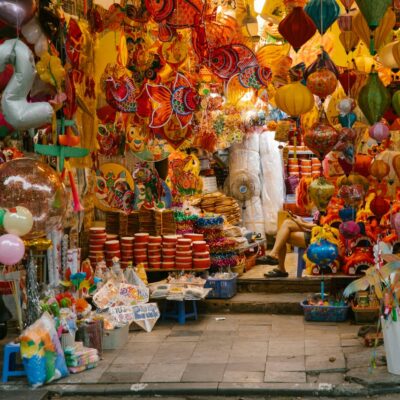

0 Comment